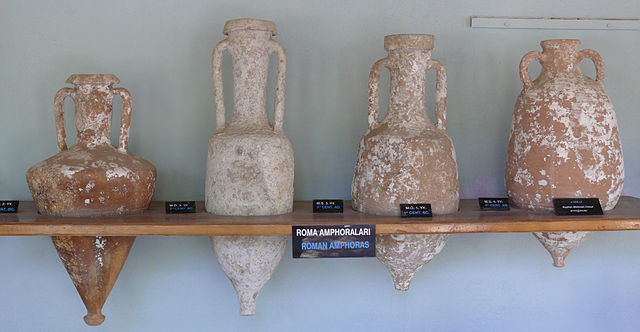Dominic Rathbone: The making and marketing of Roman wine
18:00 Wednesday November 19, 2014.
The Plough, 27 Museum Street, London WC1A 1LH
The Plough, 27 Museum Street, London WC1A 1LH
What was Roman wine like? How was it produced and distributed? Through an illustrated survey of some of the evidence, especially the archaeological evidence, for wine-making in Roman Italy and the marketing of Italian wine, I try to reconstruct and explain the major changes that occurred in the period 200 BC to AD 100. First, we see the rise and fall of large wineries, aimed at large-scale production of a standardised product, which was exported in massive quantities in an new ‘Italian’ form of amphora.
Later, Italian wine is marketed in much smaller quantities but throughout the Roman world in an adapted Greek-style amphora, and literary sources start praising the distinct wines of regions and even estates. This suggests a perhaps surprisingly ‘modern’ correlation for Roman wine between production strategies (quantity or quality?), changing markets and consumer tastes, and product packaging.
(Dominic Rathbone, King's College London)
ALL WELCOME
This seminar is part of the History Down the Pub series, organized by Gabriel Bodard and Lorna Richardson. We have an open Call for Papers for the coming year. Contact the organizers with any suggestions or questions.





